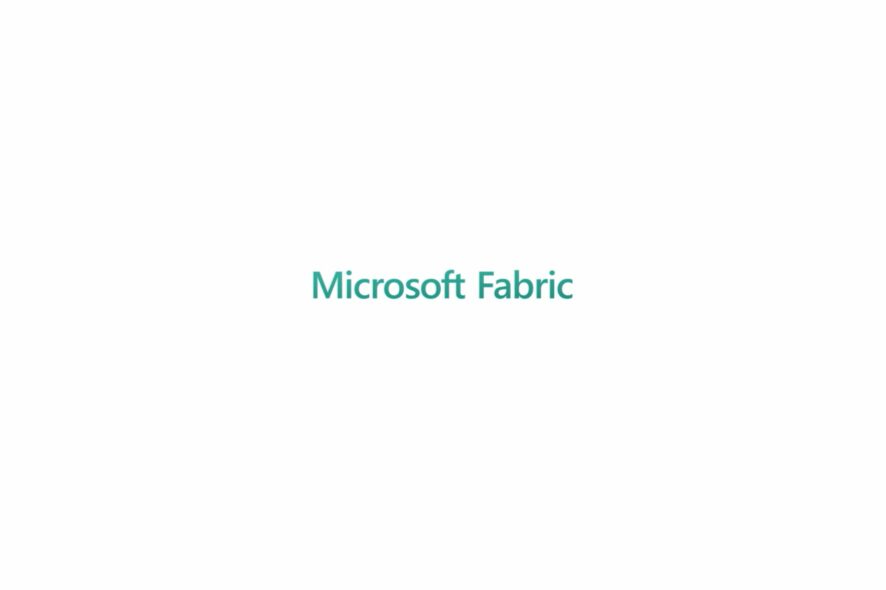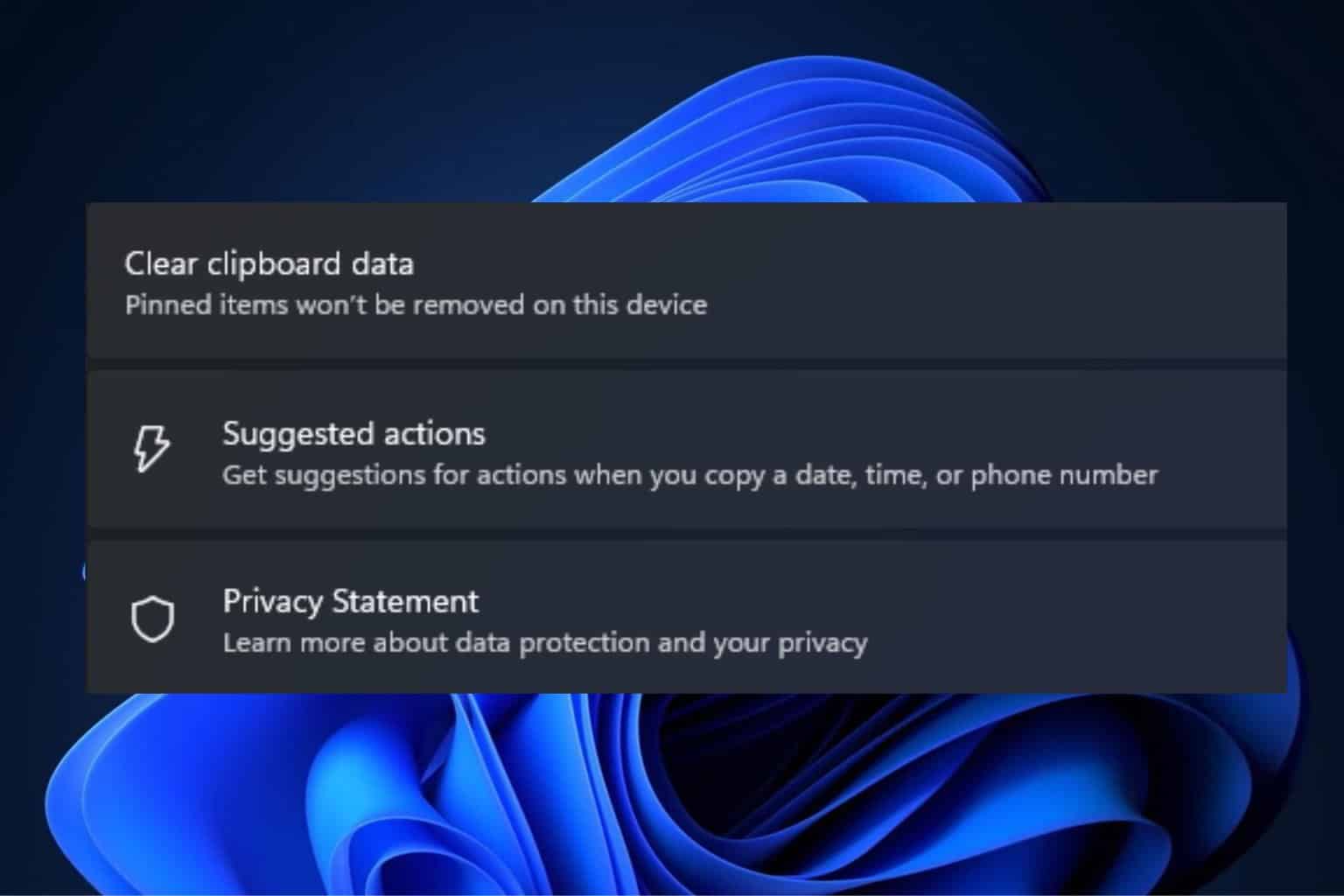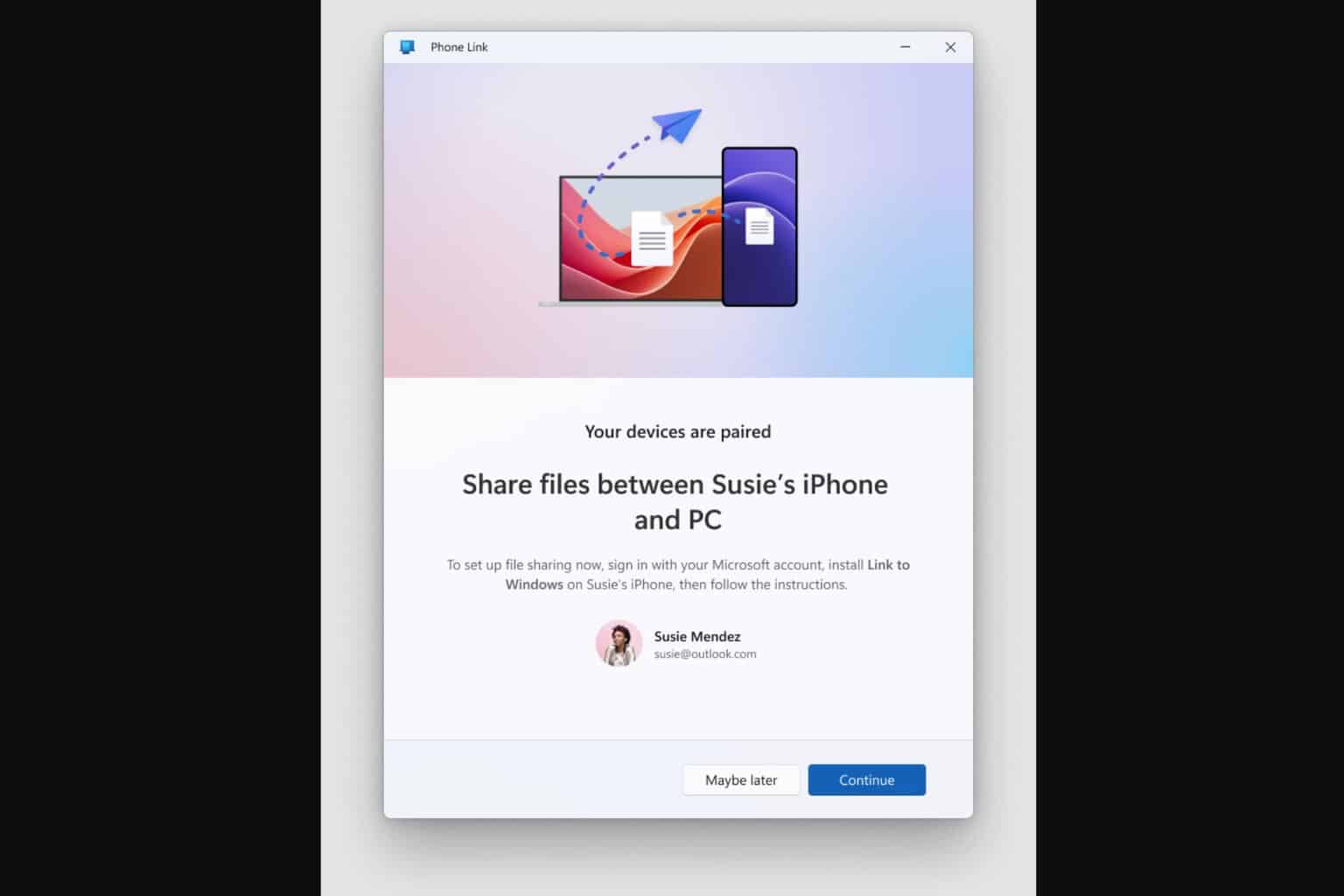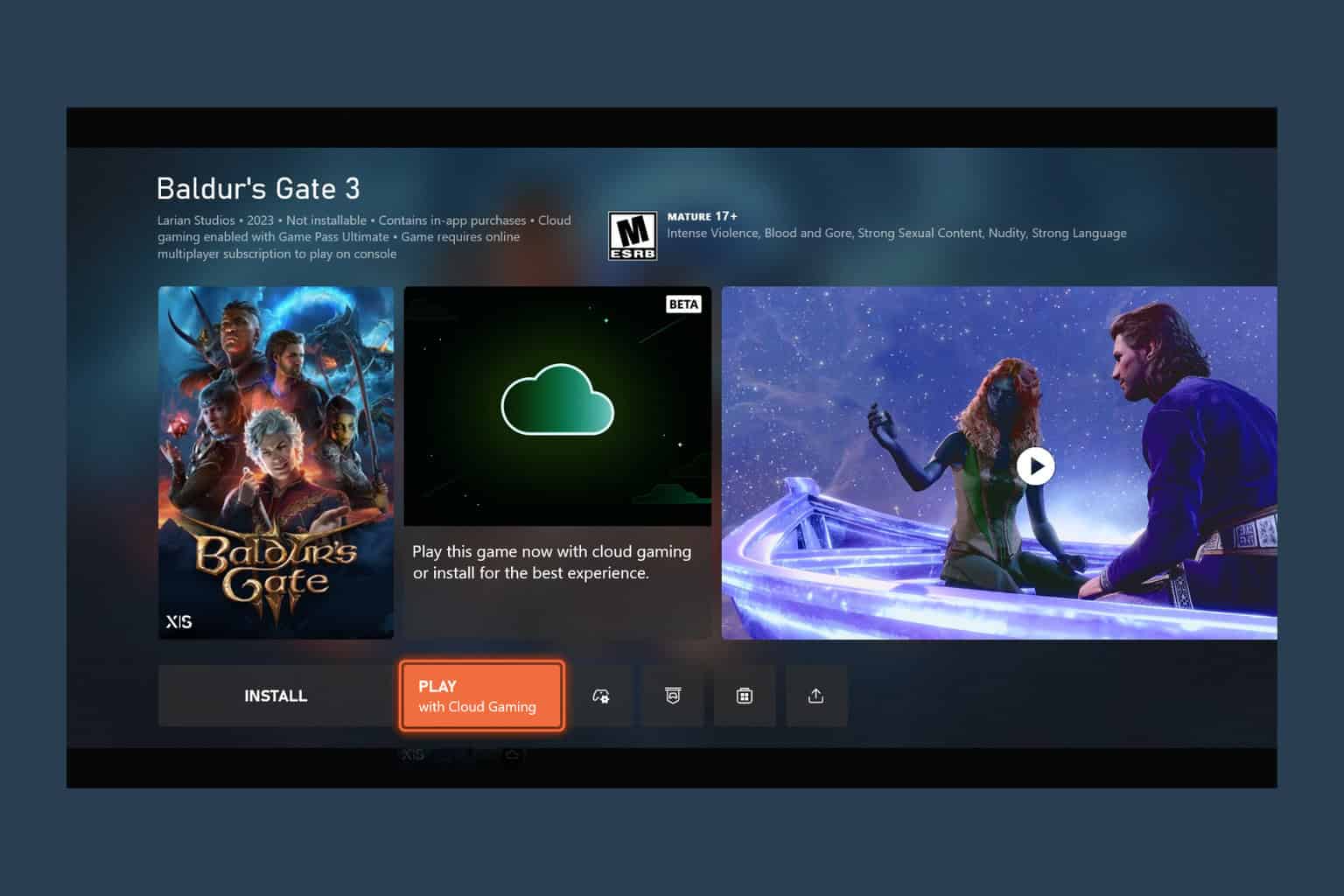Reduce your business costs with AI-powered Microsoft Fabric
The first big announcement at Microsoft Build 2023.
3 min. read
Published on
Read our disclosure page to find out how can you help Windows Report sustain the editorial team. Read more
Key notes
- Microsoft Fabric comes with 7 core workloads.
- The platform is taking an inclusive approach to business development.
- It heavily uses Copilot to ease and optimize work.

Microsoft Fabric, an analytic platform set to reduce your business costs, has been announced at the Microsoft Build 2023 Conference on the 23rd of May. It is one of the conference’s most exciting announcements, and definitely one of the biggest Microsoft releases in a while.
The Redmond tech giant says that Microsoft Fabric is an end-to-end unified analytic platform. It brings together all the analytics and data tools that organizations use on a daily basis. And by unified, it means that Fabric also integrates technologies such as Azure Data Factory, Synapse Analytics, and Power BI.
Fabric not only integrates these technologies but unifies them into a single product. So, while using Fabric, your organization is able to swiftly change between technologies and make use of them to plan and develop the work.
The platform looks very exciting and very intuitive to use, according to the presentation. It also comes with no less than 7 core workloads.
- Synapse Data Engineering
- Data Factory
- Synapse Data Science
- Power BI
- Synapse Data Warehousing
- Data Activator
- Synapse Real-time Analytics
Each workload provides plenty of features, from orchestrating data pipelines to building complex AI models and AI-driven analytics.
How to reduce your business costs with Microsoft Fabric
First of all, Microsoft Fabric could greatly reduce your business costs with its inclusive approach. The platform brings together 7 workloads that are capable to handle every part of your organization’s working development.
Let’s say that for a single project, you would have to use different platforms from multiple vendors to get it done. You would have to spend a lot of resources, financial and otherwise on researching the best products, paying for licenses, and so on.
In many cases, the integration with your native workspace would also take a bit of time. Not to mention, the cases where you realize the products you’re using are not really working as you wanted them to.
Even more, working with multiple platforms at the same time can also put a lot of effort into your organization’s computers. So it’s not convenient to have to manage so many platforms.
Microsoft claims that Fabric greatly simplifies resources management, in this regard. And if the presentation comes with any hint, it seems that it really does so.
With the inclusive approach, your organization can create solutions easier, without having to worry about any sort of development issues.
Even more, the Redmond tech giant says that Fabric is already used by several companies such as Fergusson, T-Mobile, and Aon. All three companies lauded the platform, calling it a complete game-changer.
Copilot will help you work efficiently in Microsoft Fabric
Besides having an inclusive approach and proving to reduce costs, Microsoft Fabric makes use of AI to simplify the workflow. AI has become the central focus for Microsoft, and the Redmond tech giant incorporates it more and more in its products.
Copilot will be there in Microsoft Fabric to help you work faster and smarter, basically adding efficiency to your workload.
According to the presentation, you can use Copilot to create dataflow and data pipelines, generate code and functions, build machine learning models, and even visualize results.
You can even create your own conversational language experiences that make use of AI models with your data. Then you can publish them as plug-ins.
Are you excited about Microsoft Fabric? Let us know what you think in the comments section below.










User forum
0 messages